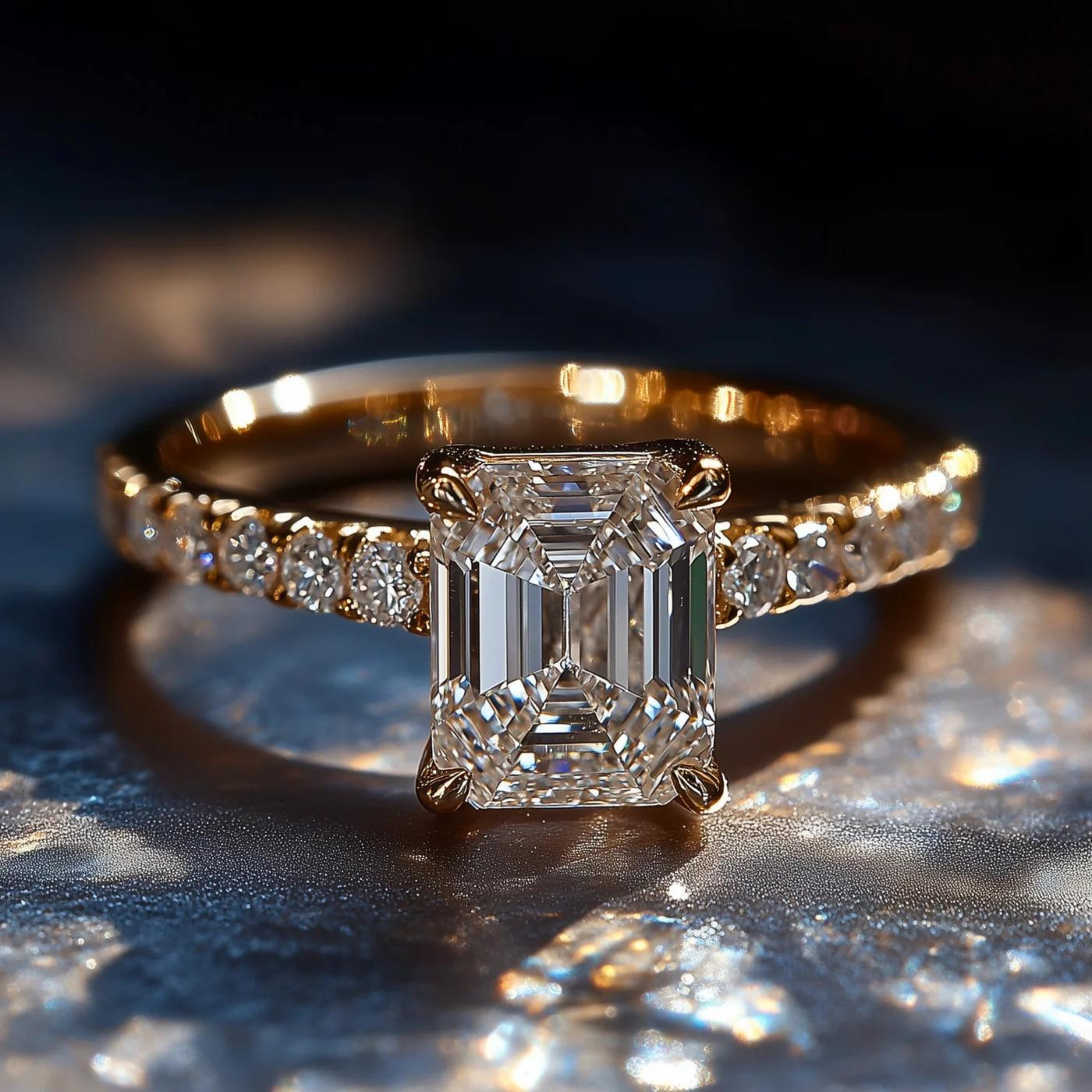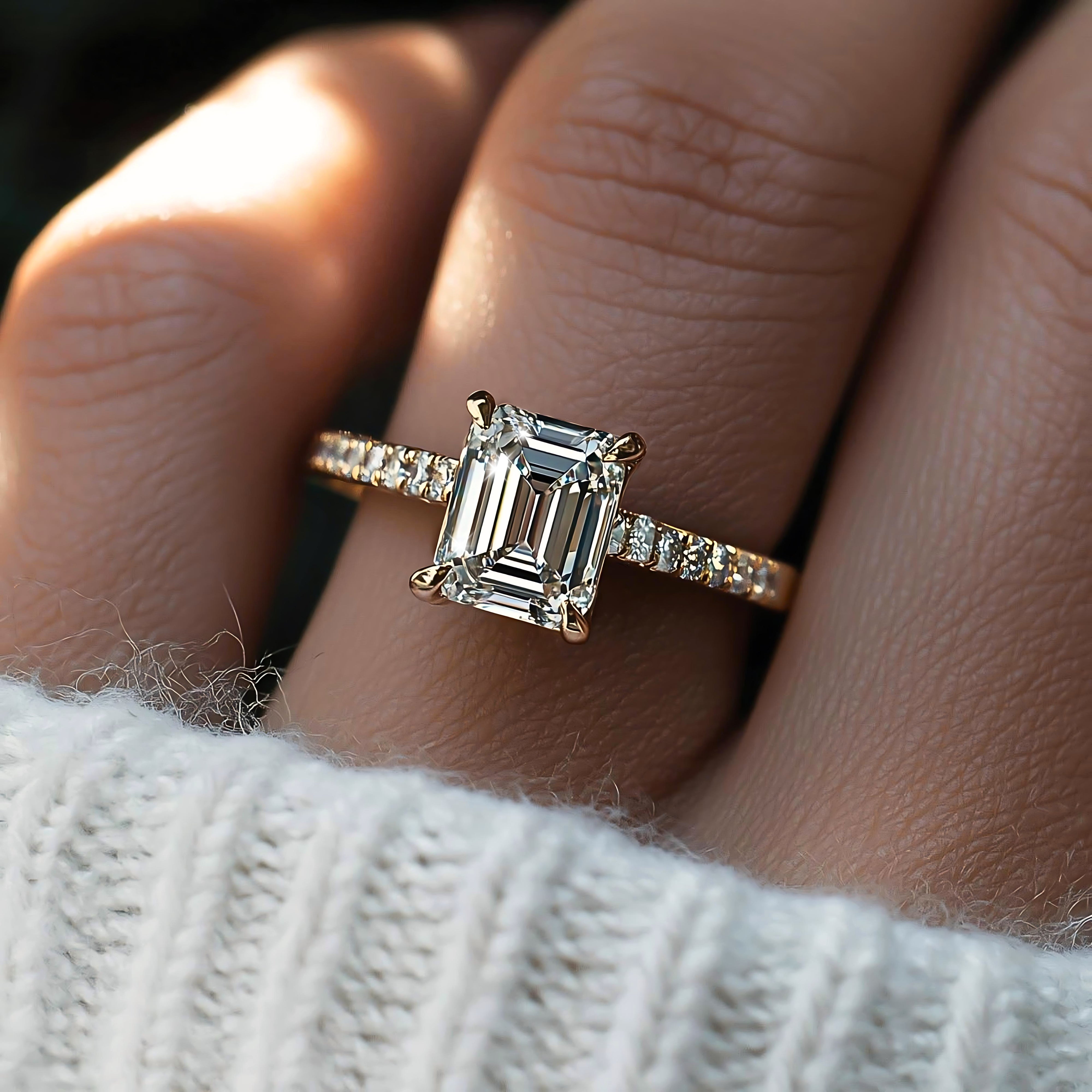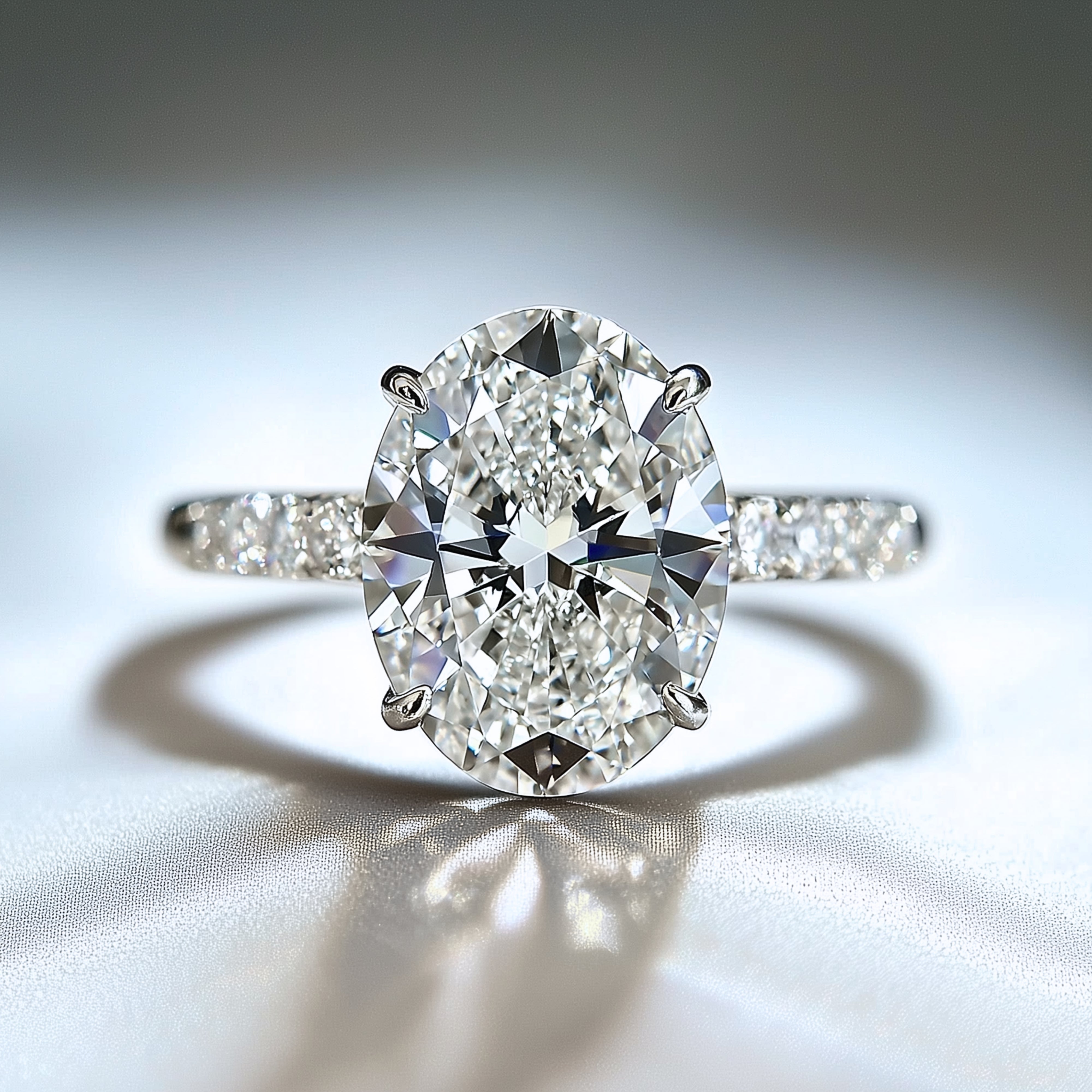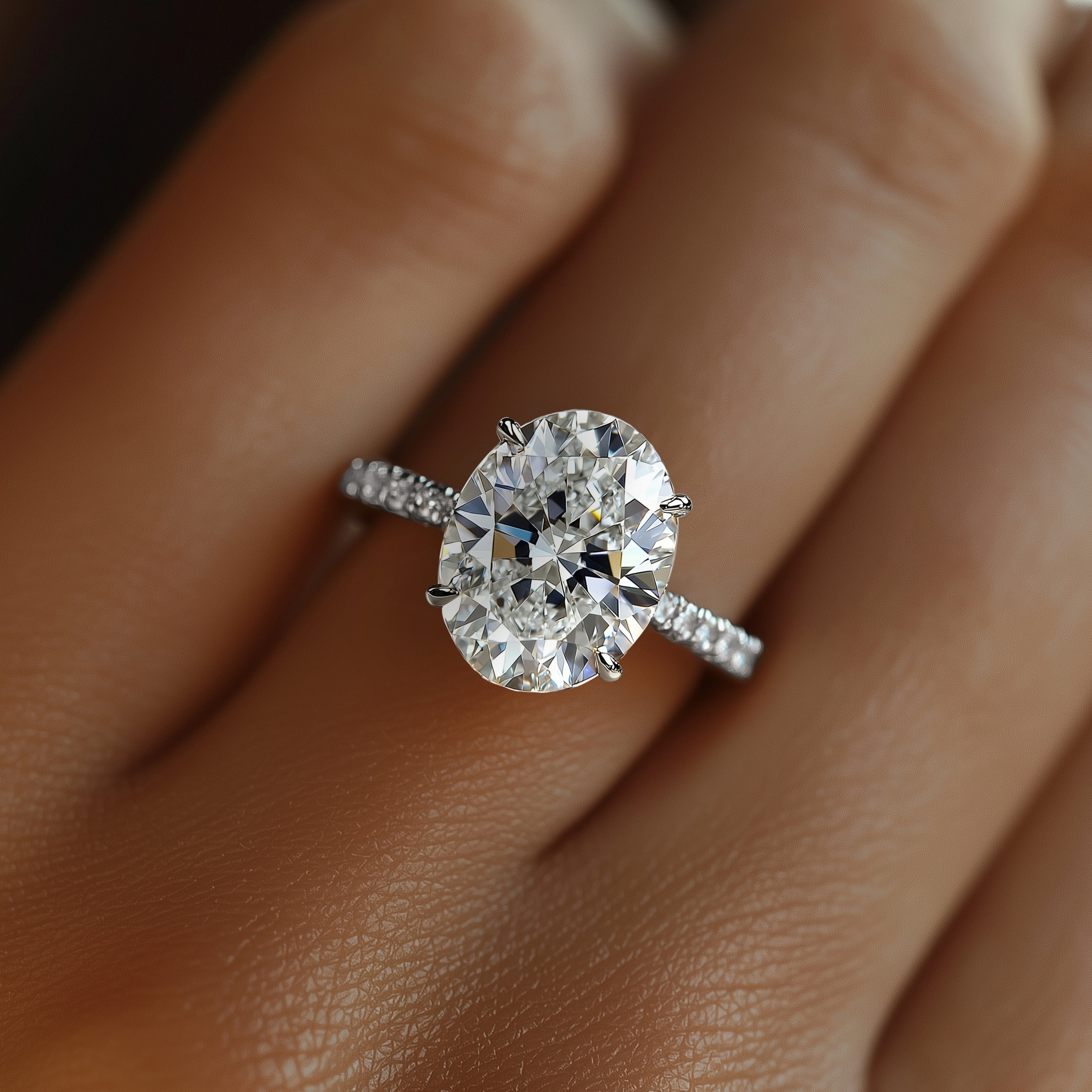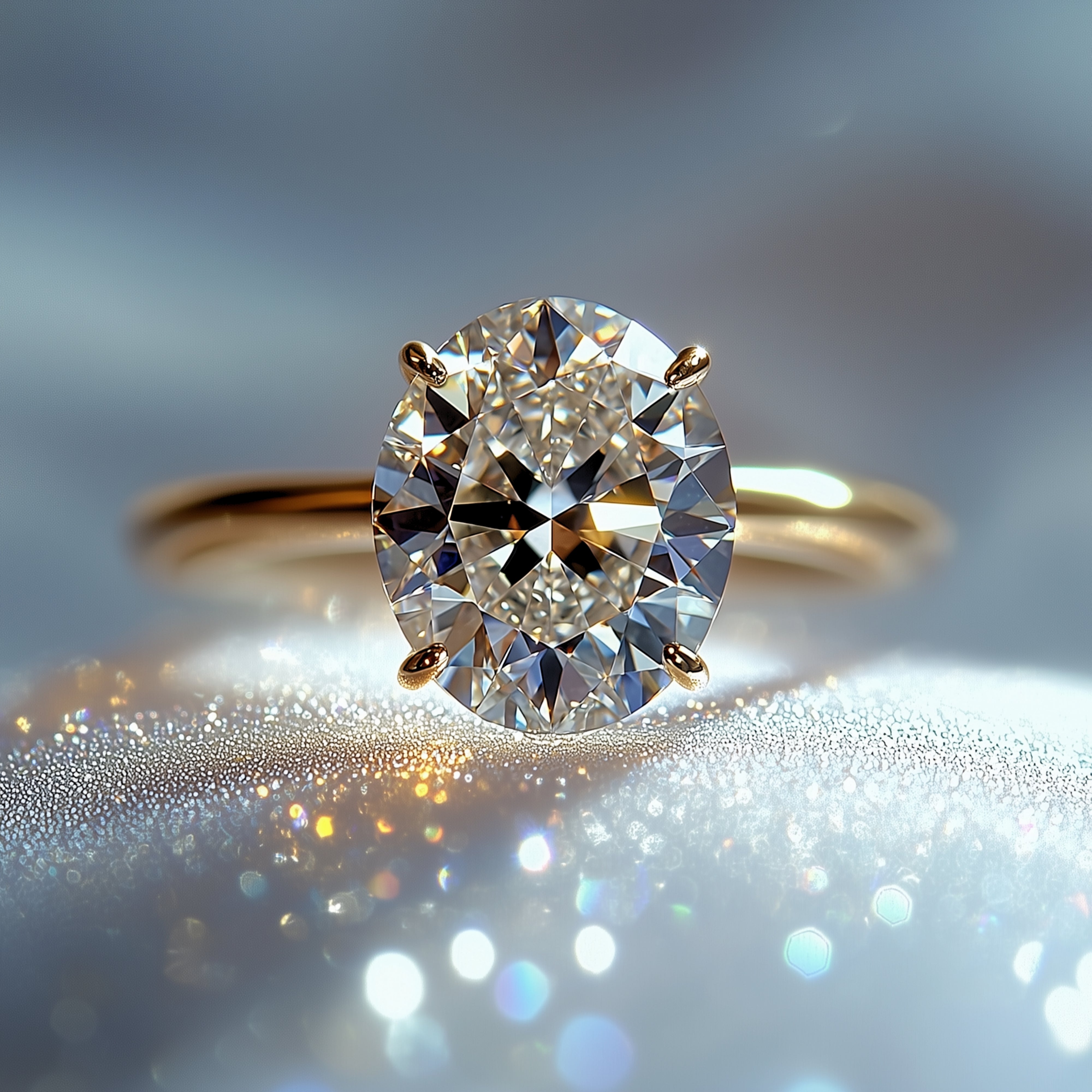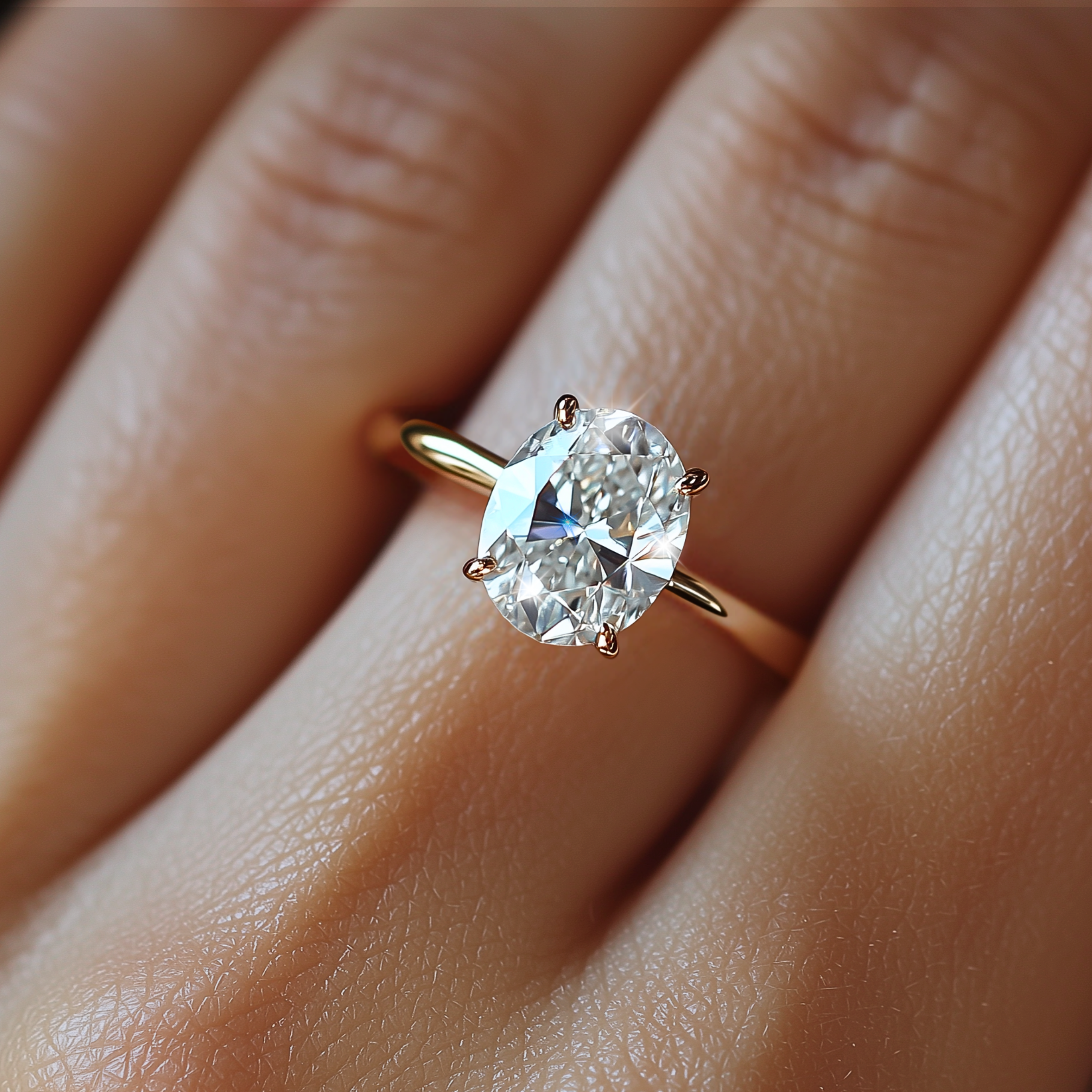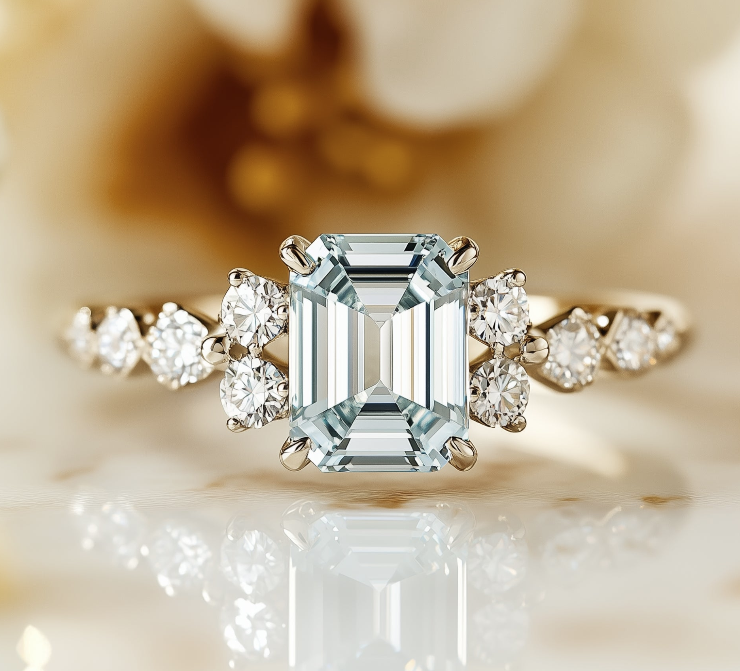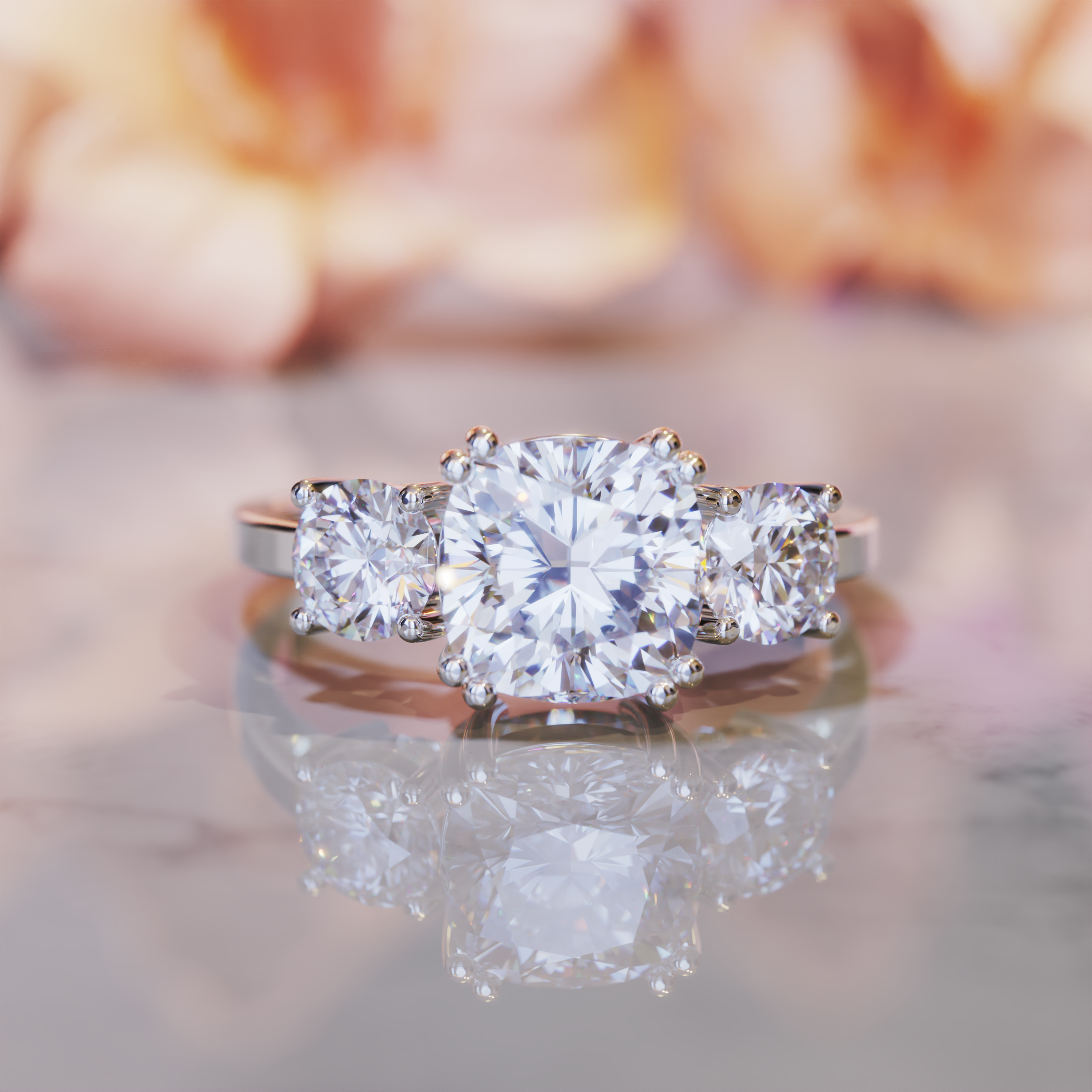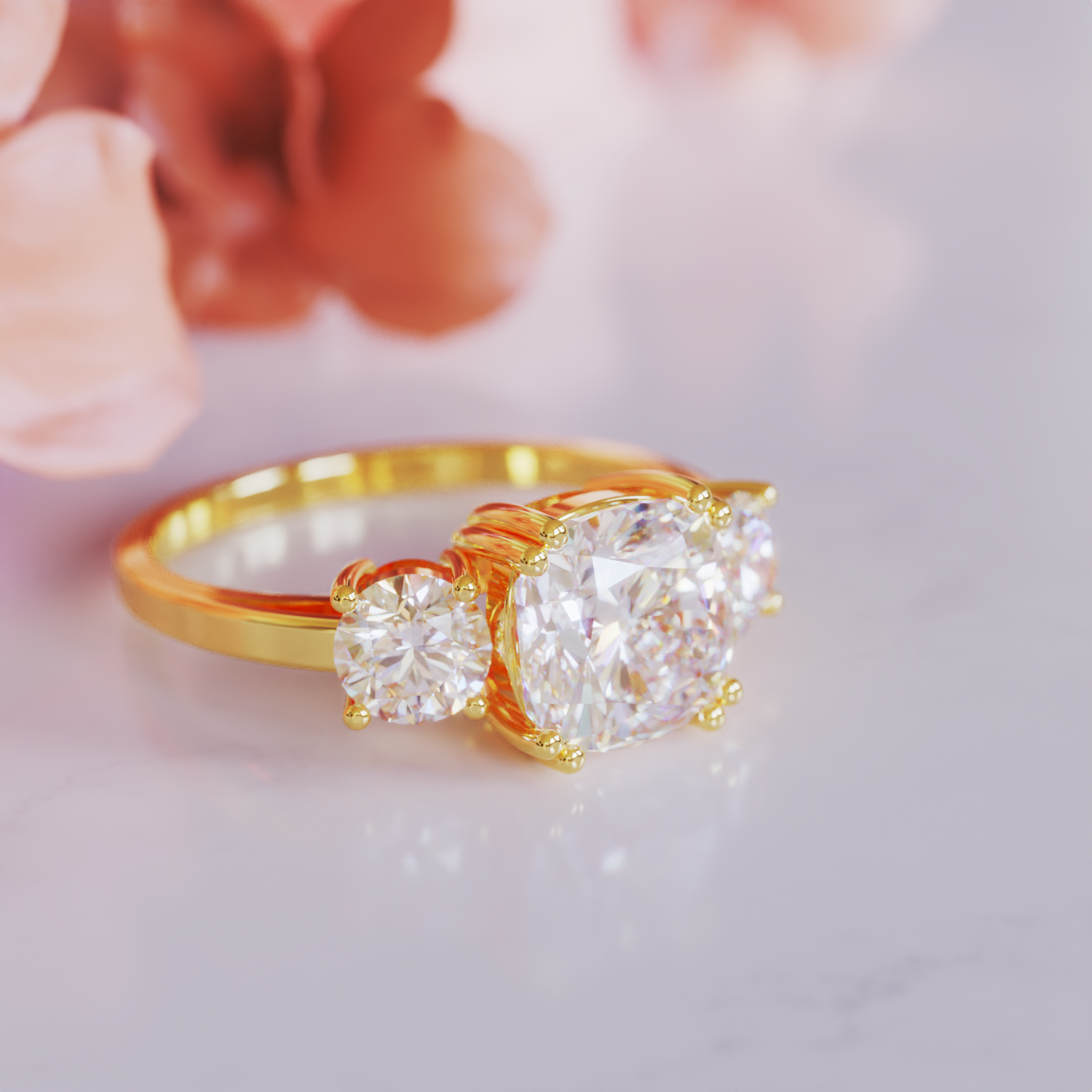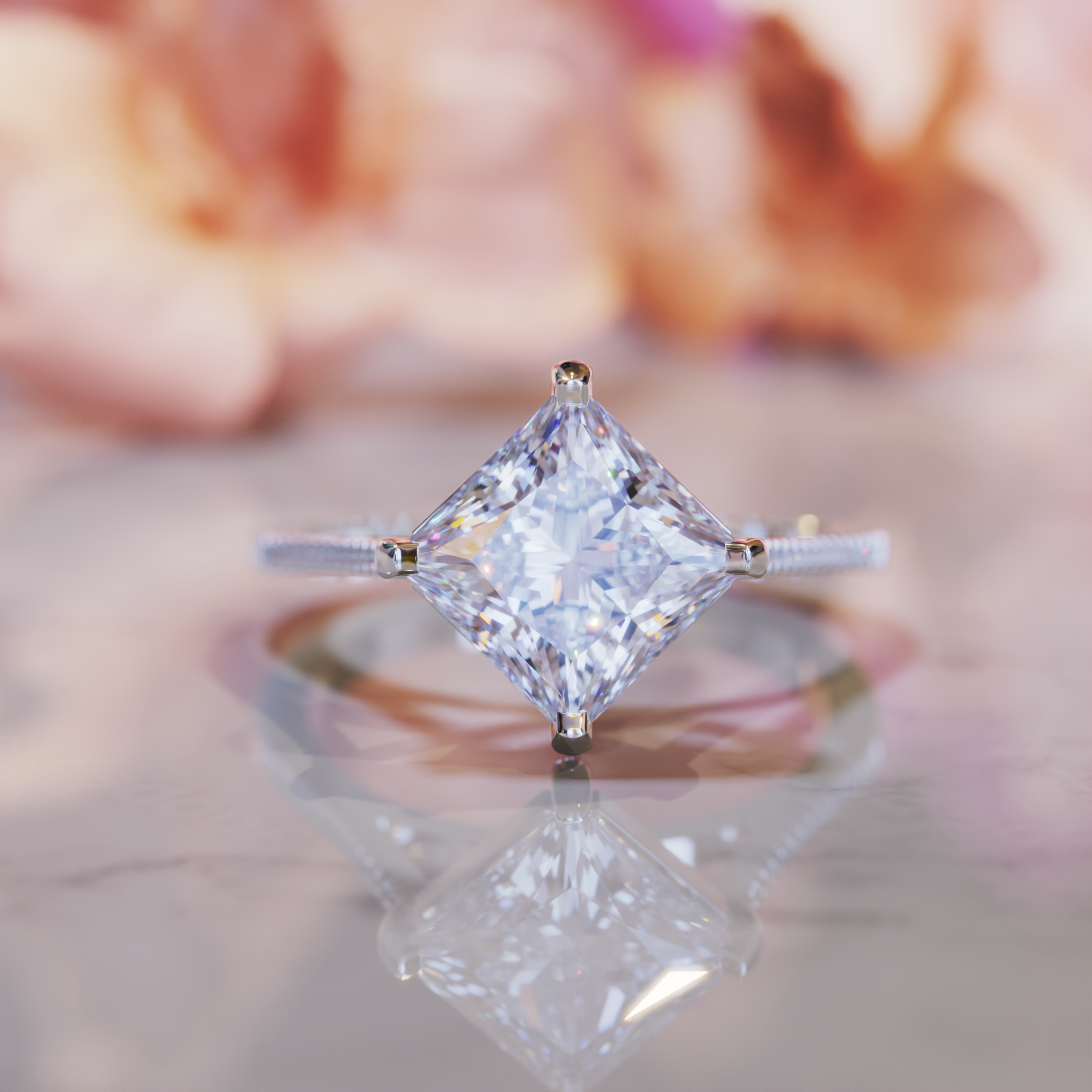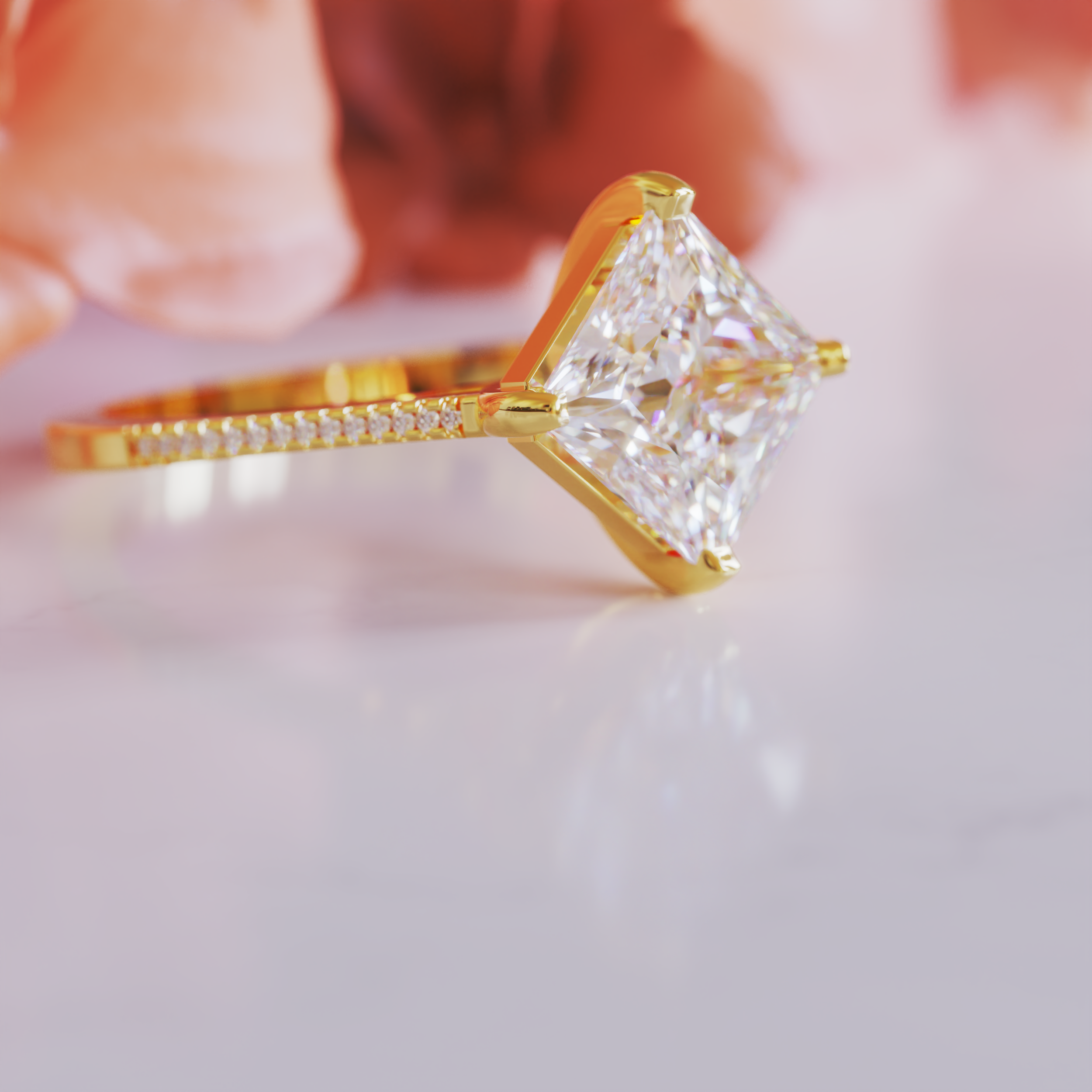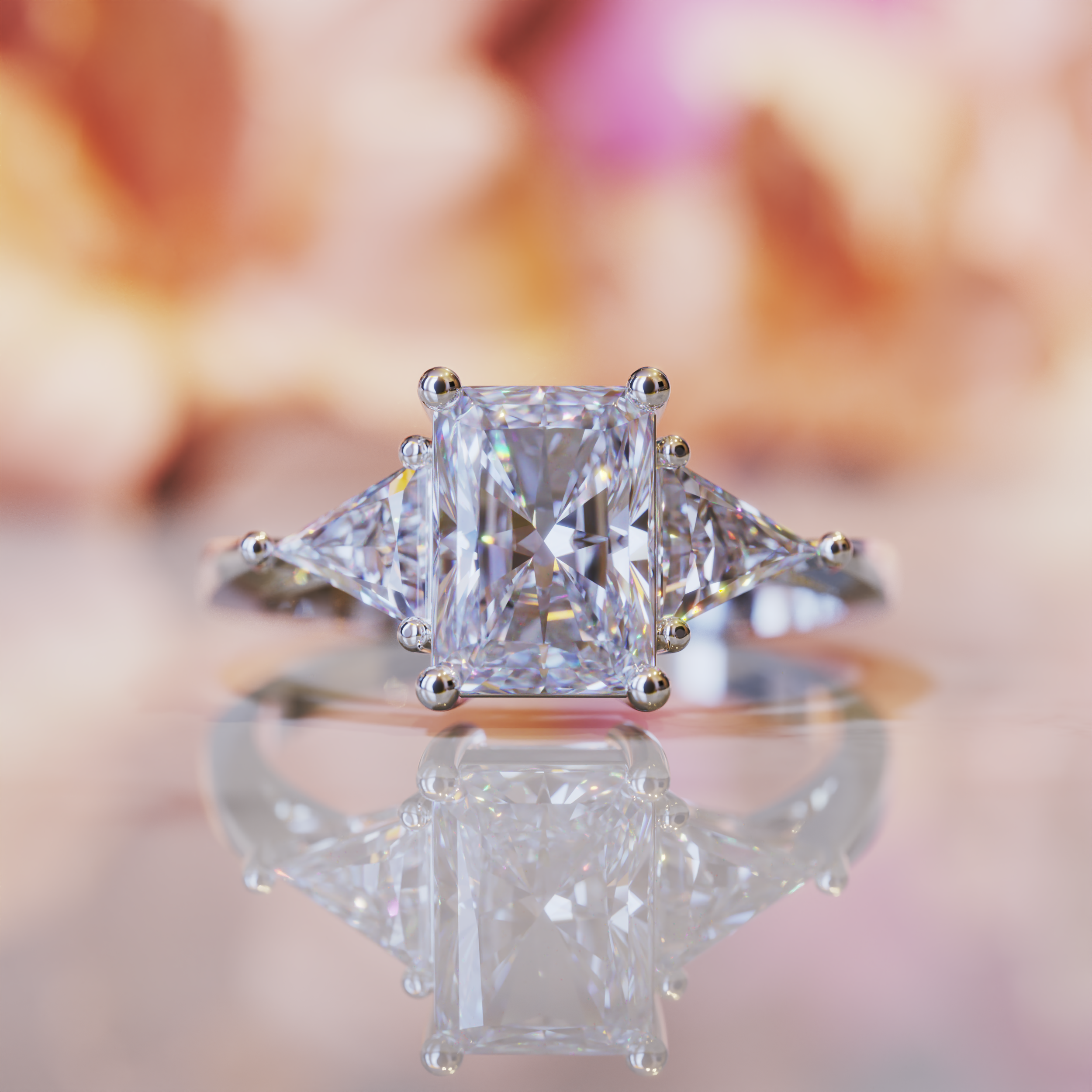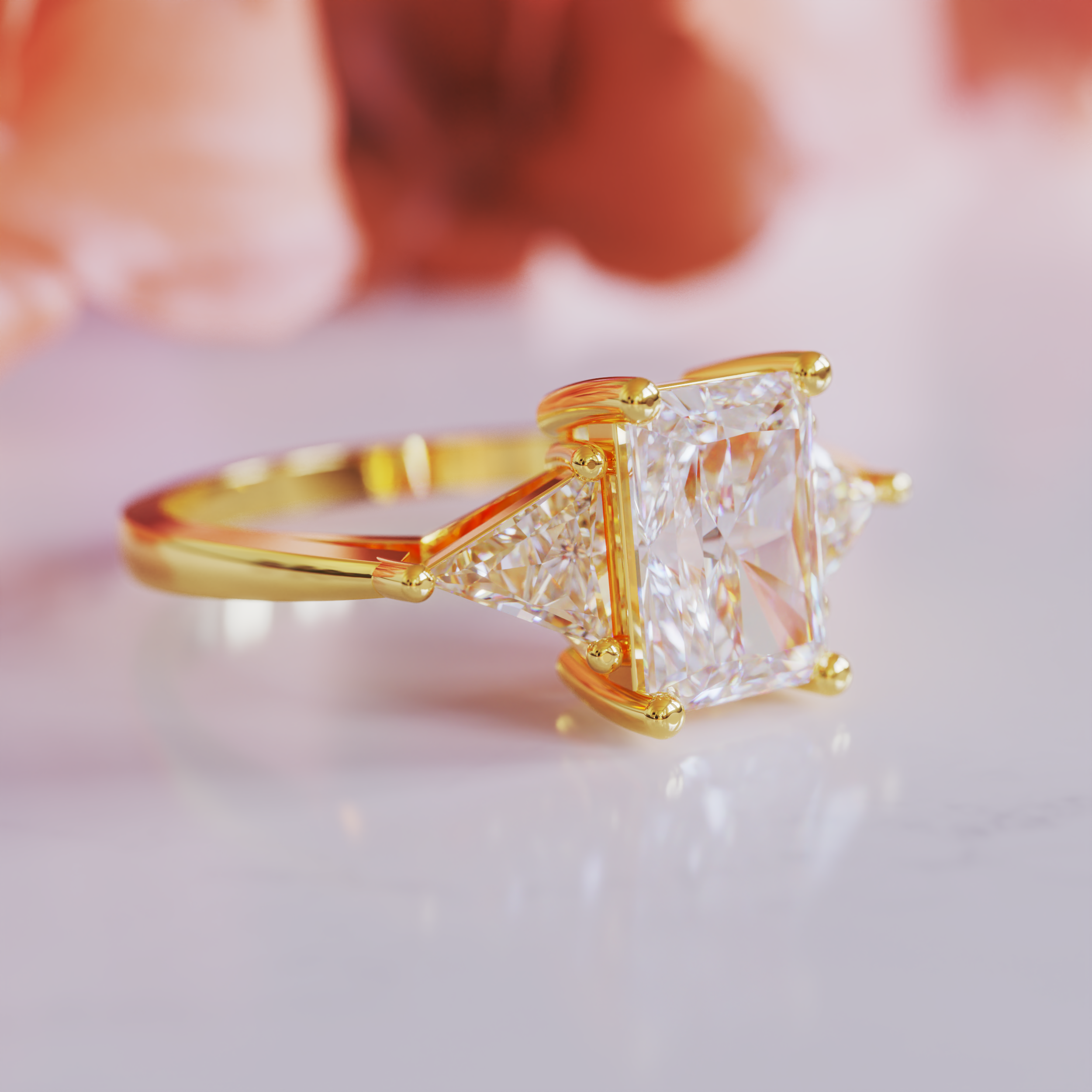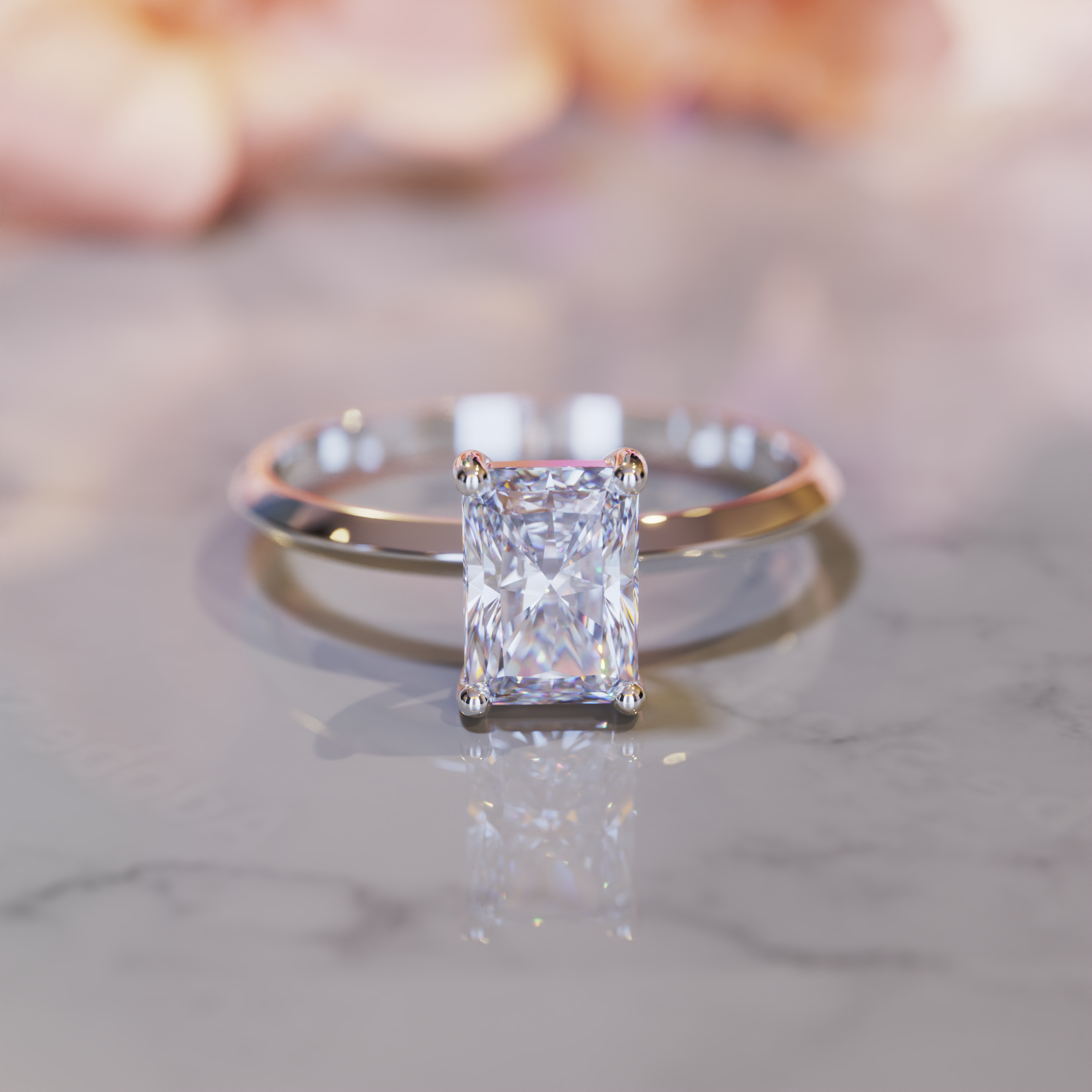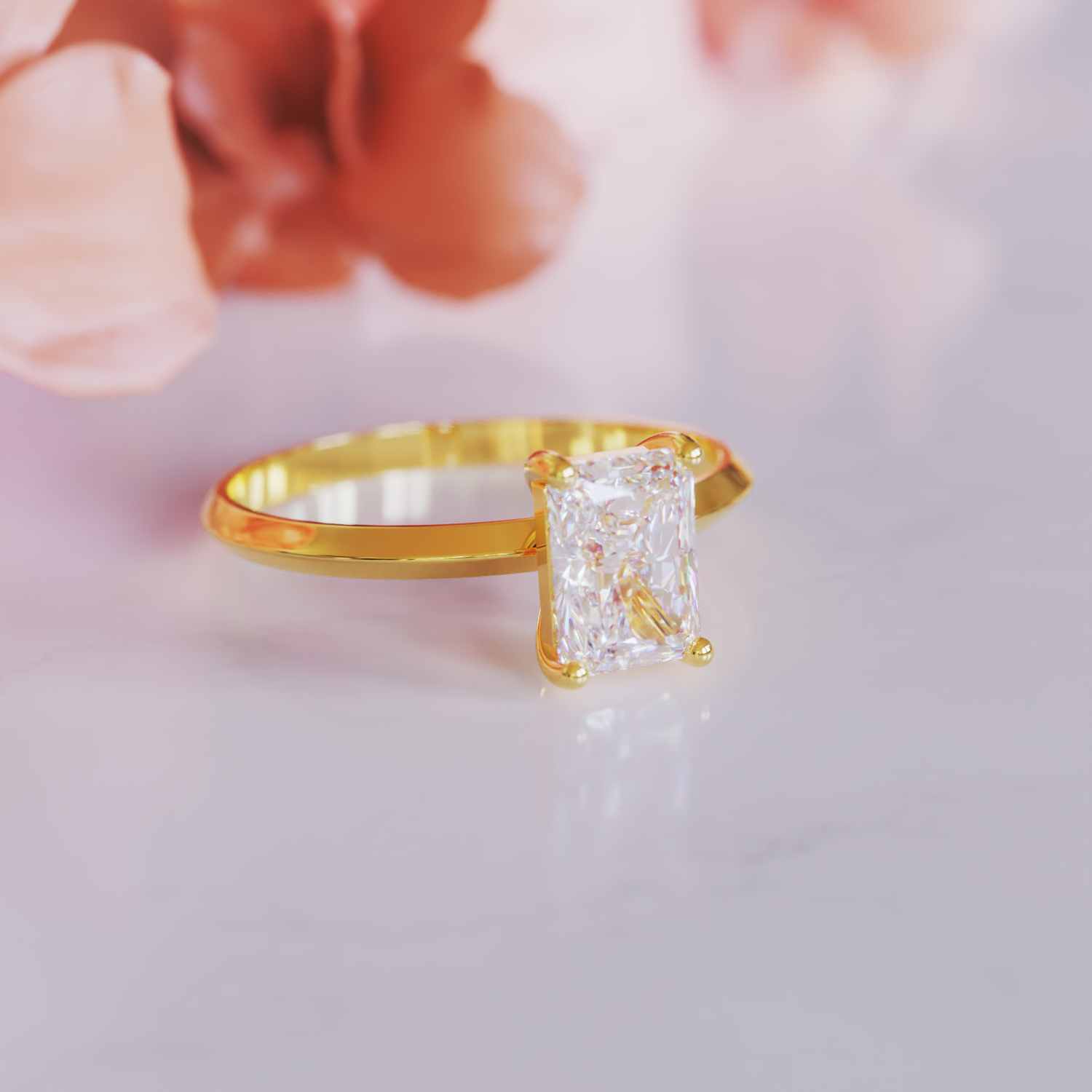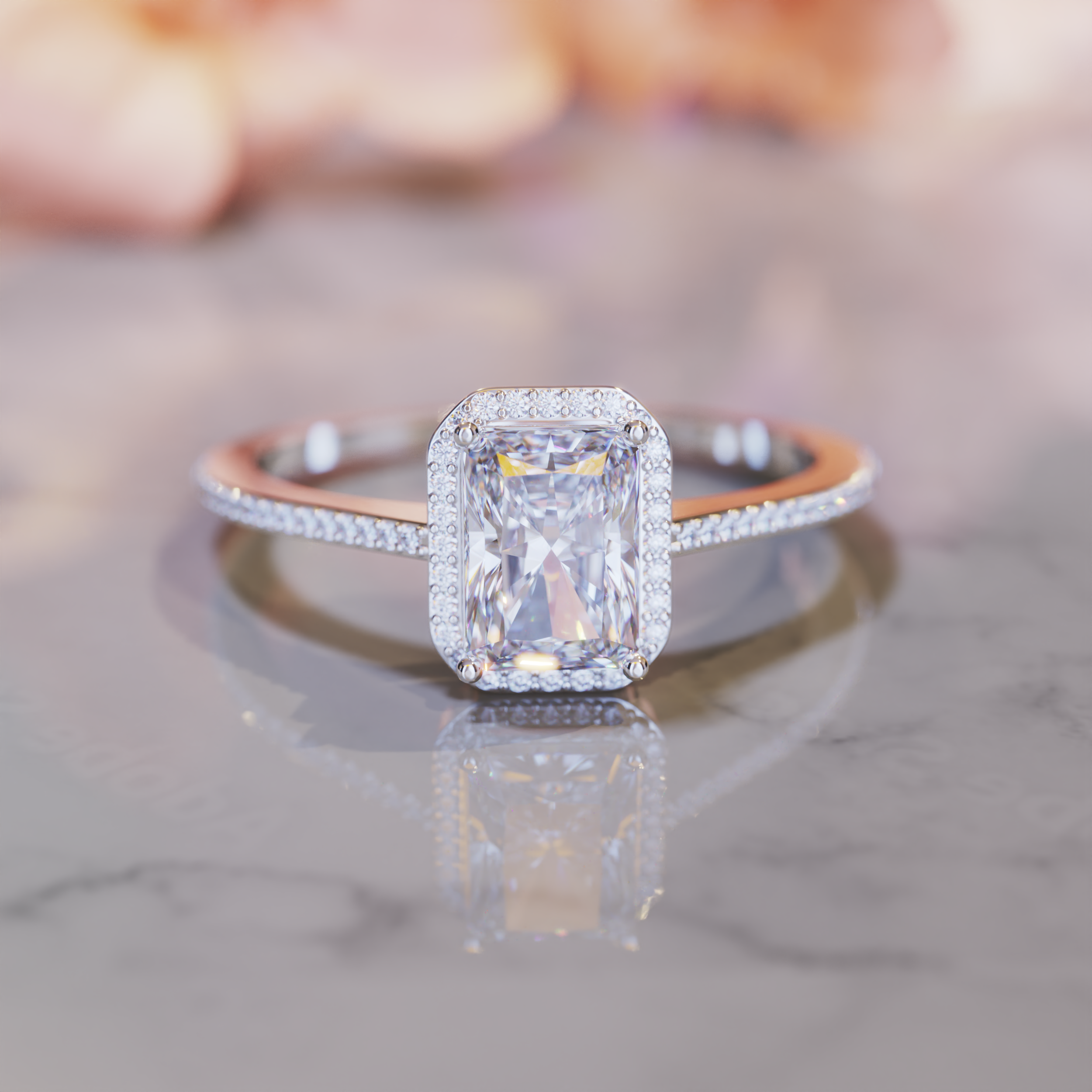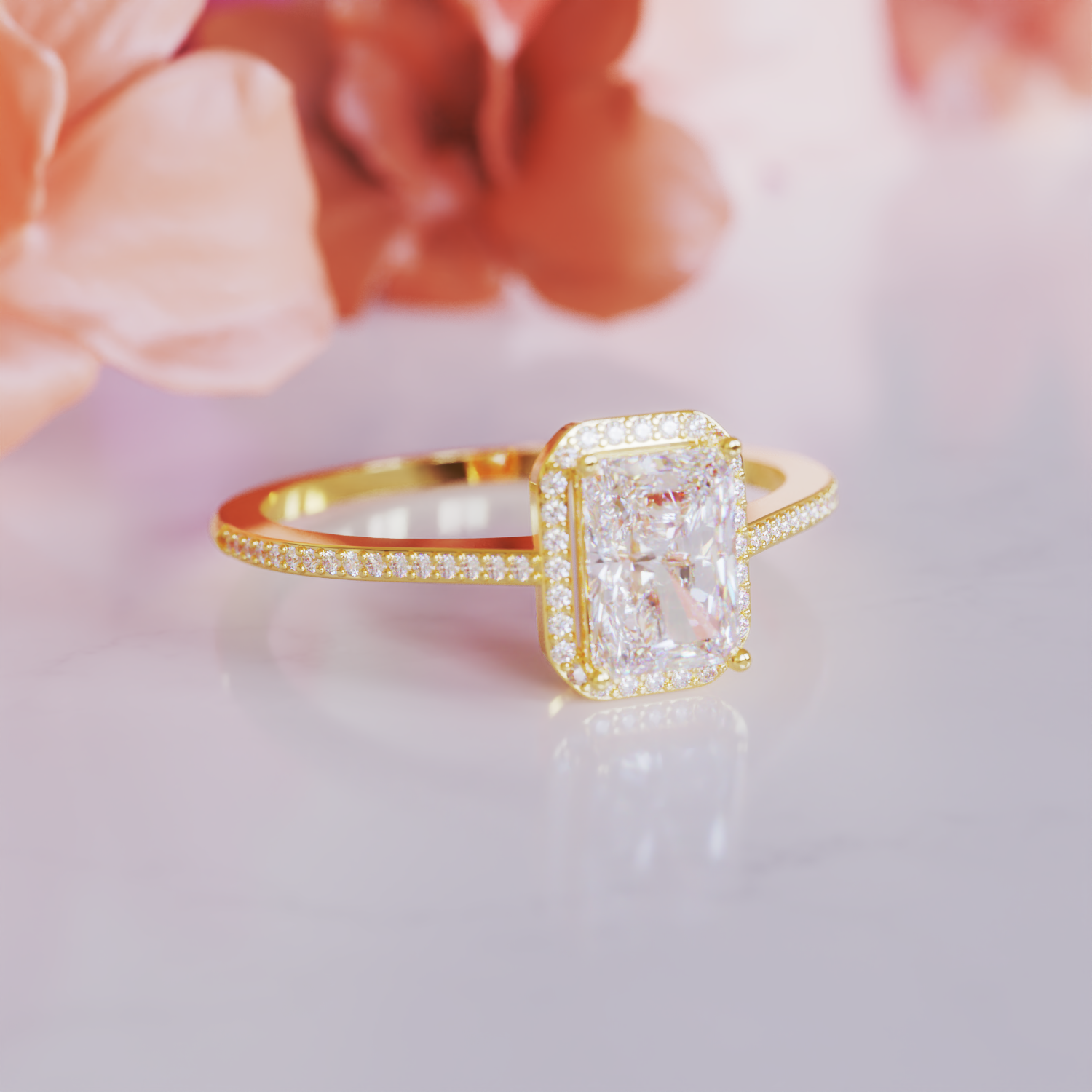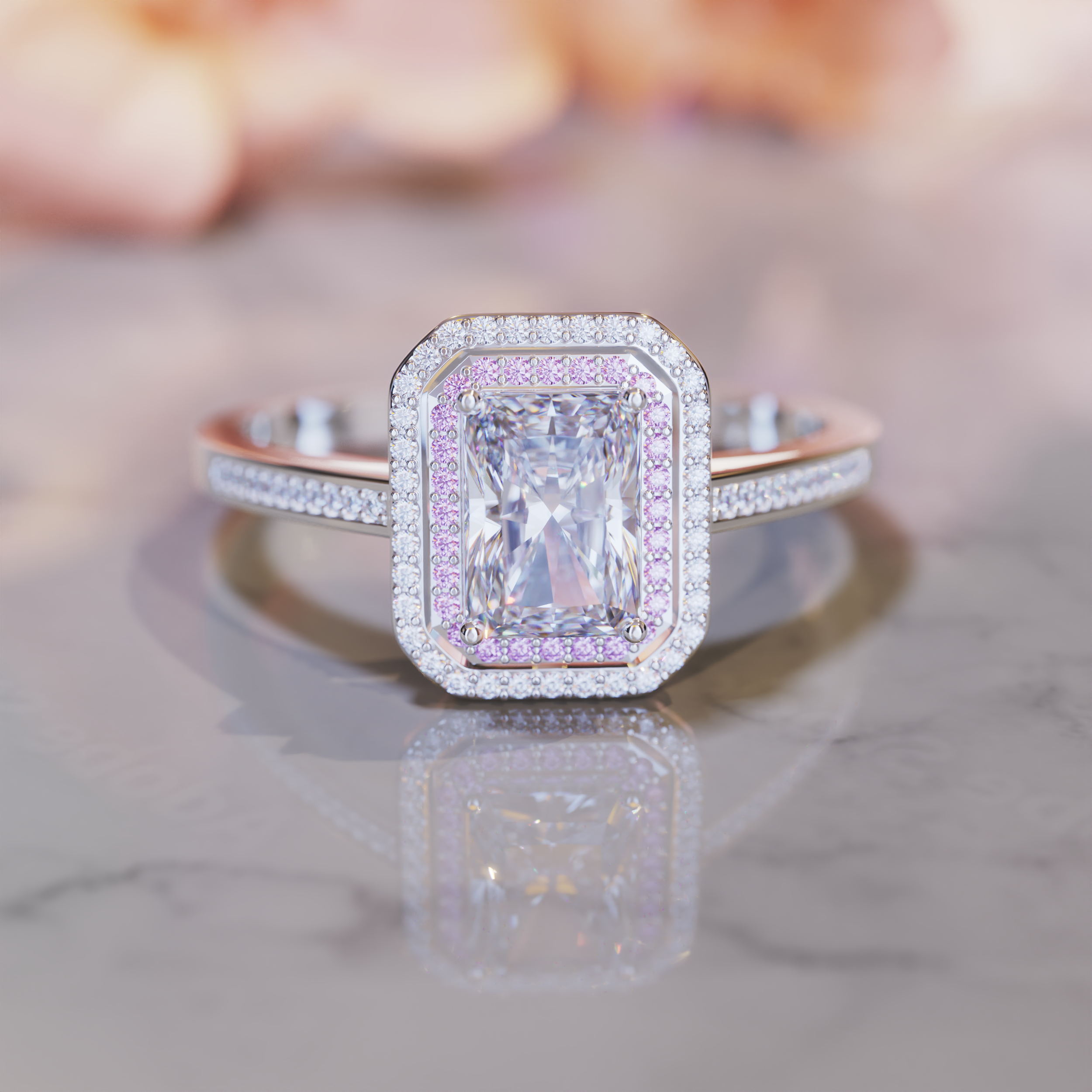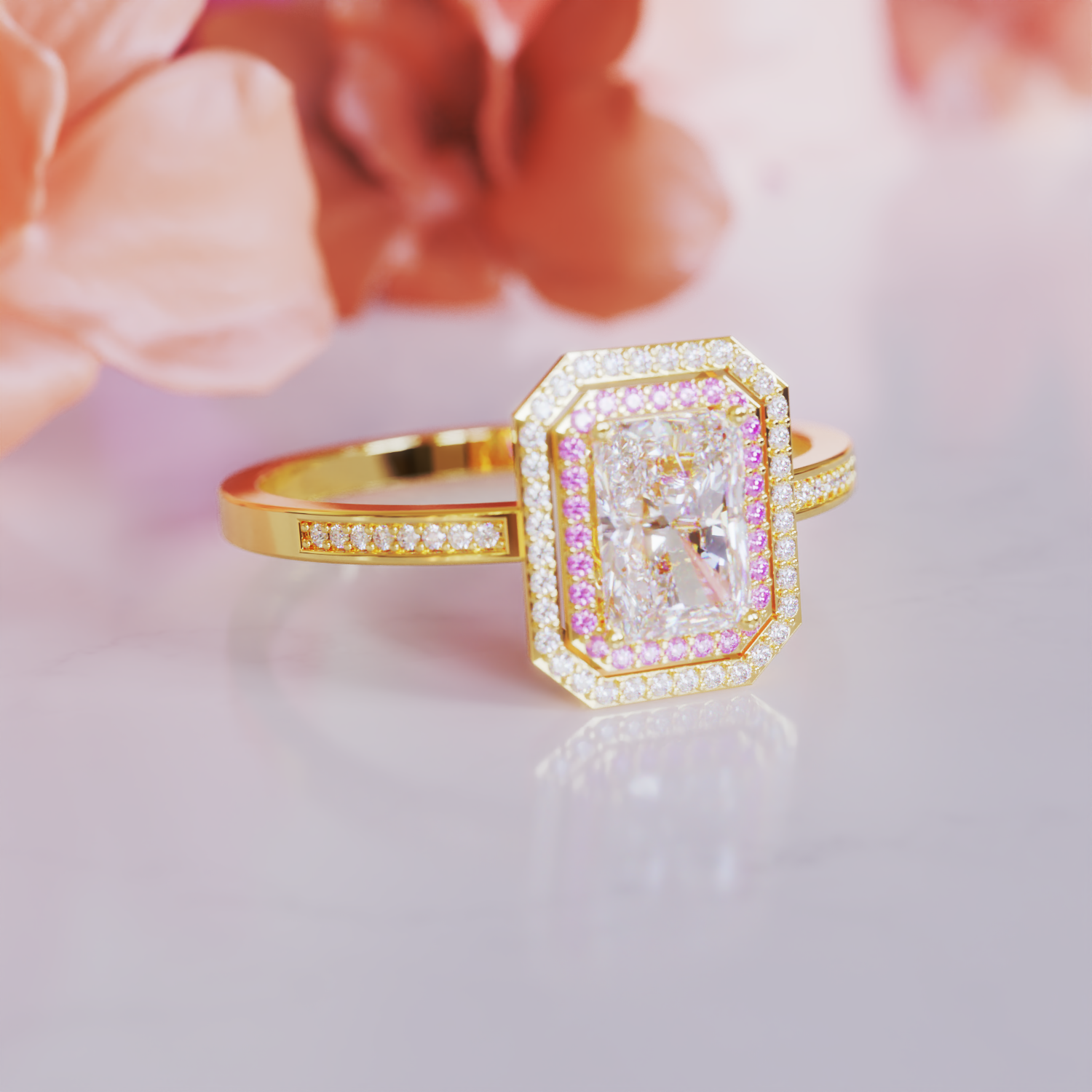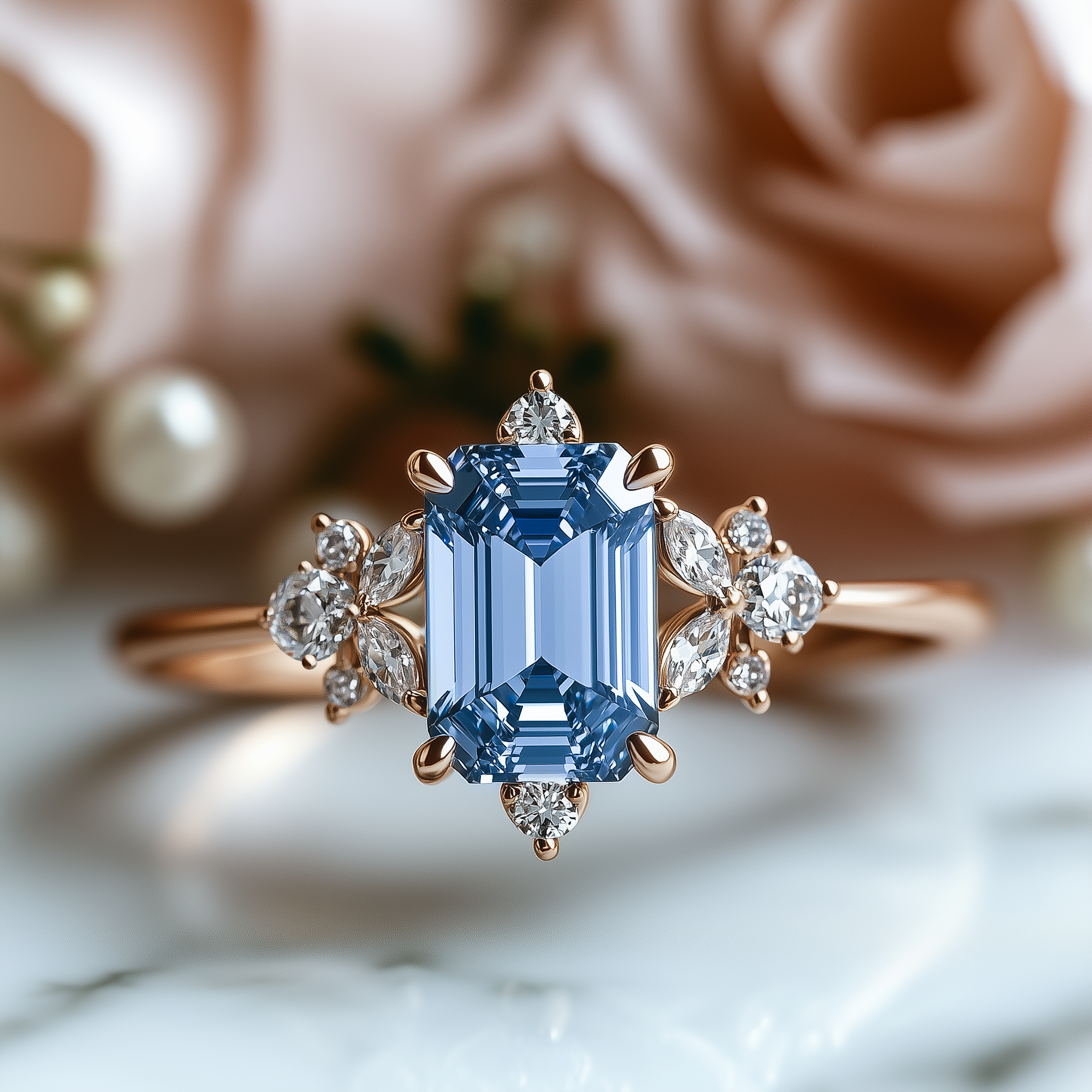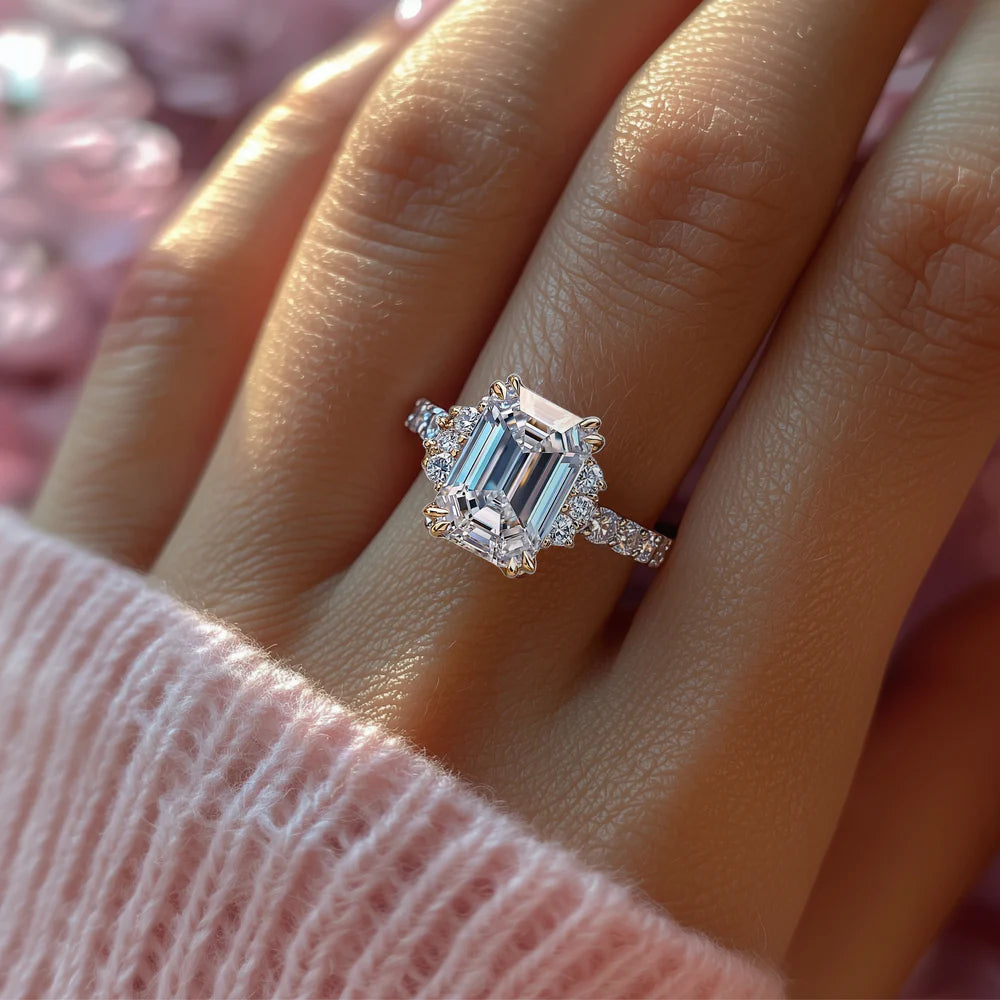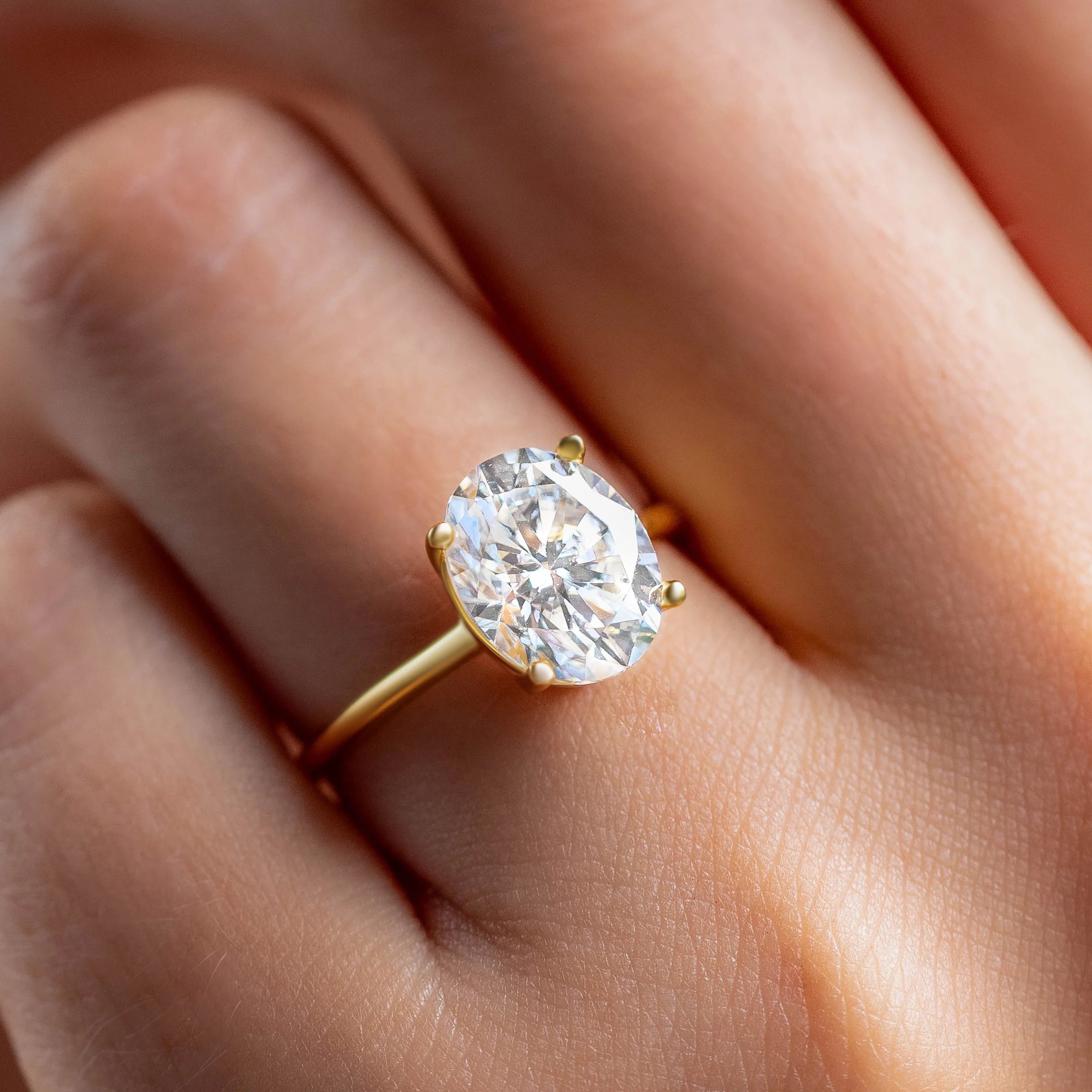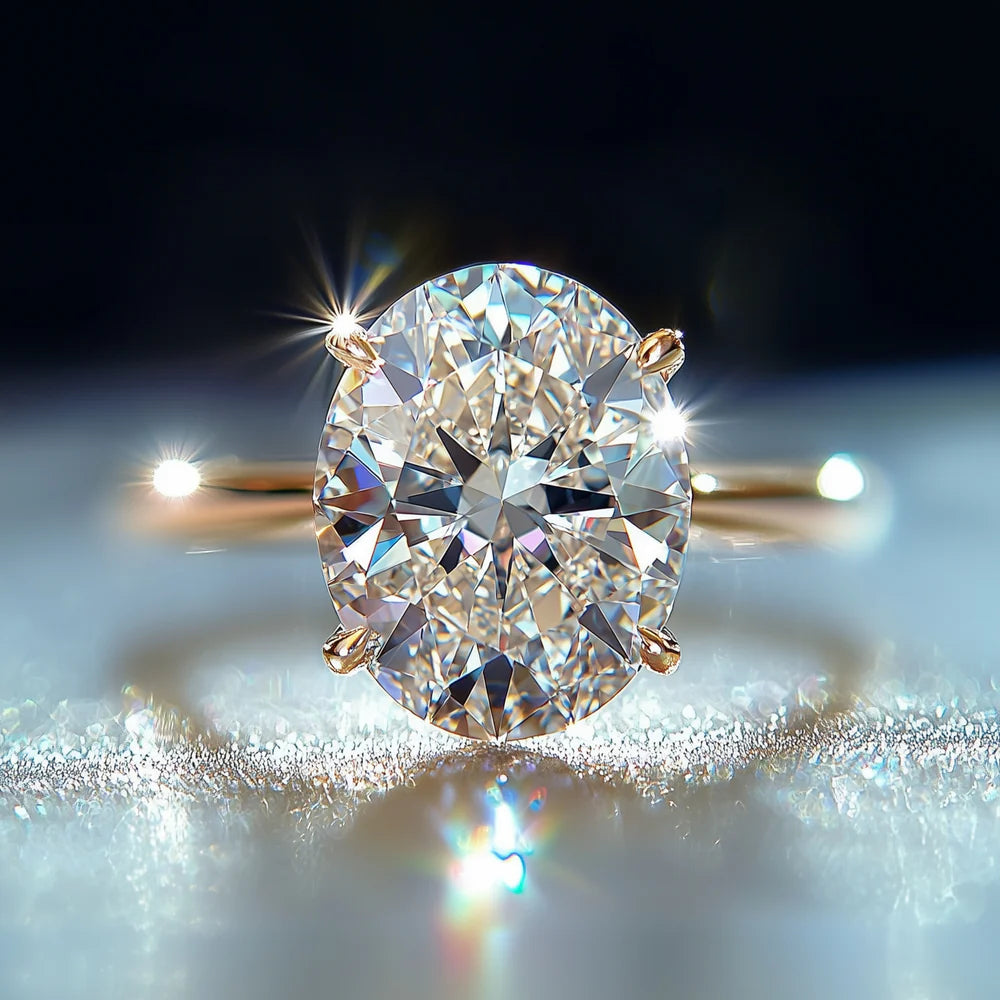
Ethical Comparison: Moissanite vs Diamond and the Impact on the Environment
As consumers become more conscious about the ethical and environmental impact of their purchases, the demand for sustainable jewelry has grown. Moissanite and diamonds represent two very different options in terms of ethics, environmental impact, and overall sustainability. This guide breaks down the differences to help you make an informed, responsible choice.
1. The Origins: Natural vs. Lab-Grown
The source of a gemstone plays a major role in its ethical impact.
-
Diamond: Diamonds are either mined from the earth or grown in labs. While natural diamonds are revered for their geological history, they come with concerns over conflict, environmental degradation, and human rights abuses. Learn more about this in Moissanite vs Diamond: Why Moissanite is the Smarter Choice.
-
Moissanite: Moissanite, originally discovered in meteorite fragments, is now exclusively lab-grown. This lab-controlled environment ensures that moissanite is conflict-free and has a smaller environmental footprint compared to mined diamonds. For a closer look at creating a unique moissanite piece, check out Customizing Your Moissanite.
Ethical Edge: Moissanite’s lab-grown production eliminates the social and environmental concerns associated with mining, making it an inherently more ethical choice.
2. Environmental Impact: The Cost of Extraction
The environmental toll of diamond mining is significant. Commonly used open-pit mining techniques devastate landscapes and ecosystems:
- Land Degradation: Diamond mining often leads to soil erosion, deforestation, and the destruction of natural habitats. This can be catastrophic for biodiversity.
- Water Pollution: Mining processes frequently contaminate nearby water sources, impacting local communities and wildlife. For more on moissanite’s sustainable advantages, see Why Moissanite Rings are the Eco-Friendly Choice.
In contrast, moissanite’s lab-grown process eliminates the need for destructive mining, resulting in a significantly lower ecological footprint.
Environmental Edge: Moissanite production has less impact on the planet, making it a sustainable alternative to mined diamonds.
3. Comparison Table: Moissanite vs Diamond on Key Ethical and Environmental Aspects
| Aspect | Moissanite | Diamond |
|---|---|---|
| Origin | Lab-grown, conflict-free | Mined or lab-grown; potential ethical concerns |
| Environmental Impact | Minimal impact, no mining | Significant ecological damage from mining |
| Conflict-Free | Yes, always | Not guaranteed, depends on certification |
| Carbon Footprint | Low, especially when using renewable energy | High, particularly for mined diamonds |
| Price | 80-90% less than diamonds | Significantly more expensive |
4. Conflict Diamonds: The Human Cost
Conflict diamonds, also known as “blood diamonds,” are mined in war zones and sold to finance conflicts. Although processes like the Kimberley Process have reduced the trade of conflict diamonds, they haven’t eliminated it entirely.
-
Diamond: Despite certifications, some diamonds still originate from conflict regions, potentially supporting violence and human rights abuses. Ethical sourcing is possible, but verifying it remains a challenge.
-
Moissanite: Moissanite, being lab-grown, is inherently conflict-free. There are no associations with conflict zones or unethical labor practices, providing peace of mind for socially conscious buyers.
Ethical Edge: Moissanite offers a reliable, conflict-free alternative for those seeking a responsible choice. To explore more ethical options, read Moissanite vs. Diamond: The Ethical Choice for a Brighter Future.
5. Price and Accessibility: Ethical Jewelry Within Reach
An often-overlooked factor in ethical purchasing is affordability. Moissanite allows consumers to make a responsible choice without the high price tag of diamonds.
-
Moissanite: Typically 80-90% less expensive than diamonds, making high-quality, ethical jewelry accessible to more people. If you're considering moissanite for a gift, see Moissanite vs. Diamond: Why Moissanite Rings are the Ultimate Gift Choice.
-
Diamond: Diamonds, whether mined or lab-grown, are considerably more expensive. This price gap limits accessibility, as the cost often reflects market demand rather than inherent value.
Conclusion: Moissanite – A Responsible Choice for the Modern Consumer
When it comes to ethics and environmental responsibility, moissanite clearly outshines diamonds. With no mining, no conflict, and a smaller carbon footprint, moissanite provides guilt-free sparkle for today’s conscious consumer. Whether you’re choosing an engagement ring, a promise ring, or simply a timeless piece, moissanite offers the brilliance and beauty you want without the ethical dilemmas.
Explore our collection of moissanite engagement rings and eco-friendly moissanite bands to find a stunning, sustainable alternative to traditional diamond jewelry.












